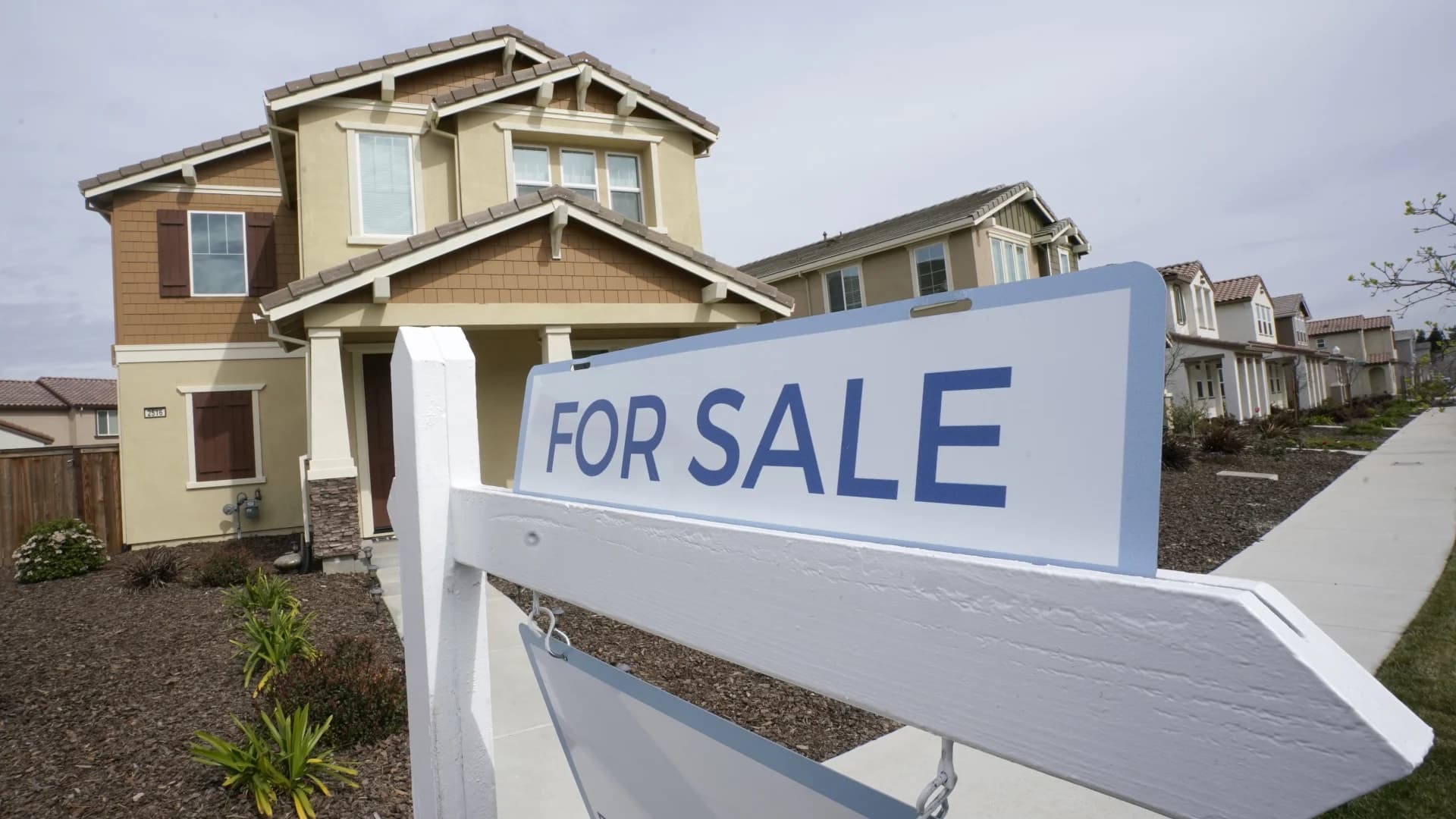More Stories

WASHINGTON - Intensifying its fight against chronically high inflation, the Federal Reserve raised its key interest rate Wednesday by a substantial three-quarters of a point for a third straight time, an aggressive pace that is heightening the risk of an eventual recession.
The Fed’s move boosted its benchmark short-term rate, which affects many consumer and business loans, to a range of 3% to 3.25%, the highest level since early 2008. The policymakers also signaled that by early 2023, they expect to have further raised rates much higher than they had projected in June.
The central bank's action followed a government report last week that showed high costs spreading more broadly through the economy, with price spikes for rents and other services worsening even though some previous drivers of inflation, such as gas prices, have eased. By raising borrowing rates, the Fed makes it costlier to take out a mortgage or an auto or business loan. Consumers and businesses then presumably borrow and spend less, cooling the economy and slowing inflation.
Fed officials have said they’re seeking a “soft landing,” by which they would manage to slow growth enough to tame inflation but not so much as to trigger a recession. Yet economists increasingly say they think the Fed’s steep rate hikes will lead, over time, to job cuts, rising unemployment and a full-blown recession late this year or early next year.
Chair Jerome Powell acknowledged in a speech last month that the Fed’s moves will “bring some pain” to households and businesses. And he added that the central bank’s commitment to bringing inflation back down to its 2% target was “unconditional.”
Falling gas prices have slightly lowered headline inflation, which was a still-painful 8.3% in August compared with a year earlier. Declining gas prices might have contributed to a recent rise in President Joe Biden’s public approval ratings, which Democrats hope will boost their prospects in the November midterm elections.
Short-term rates at a level the Fed is now envisioning would make a recession likelier next year by sharply raising the costs of mortgages, car loans and business loans. The economy hasn’t seen rates as high as the Fed is projecting since before the 2008 financial crisis. Last week, the average fixed mortgage rate topped 6%, its highest point in 14 years. Credit card borrowing costs have reached their highest level since 1996, according to Bankrate.com.
Inflation now appears increasingly fueled by higher wages and by consumers’ steady desire to spend and less by the supply shortages that had bedeviled the economy during the pandemic recession. On Sunday, though, Biden said on CBS’ “60 Minutes” that he believed a soft landing for the economy was still possible, suggesting that his administration’s recent energy and health care legislation would lower prices for pharmaceuticals and health care.
Some economists are beginning to express concern that the Fed’s rapid rate hikes -- the fastest since the early 1980s -- will cause more economic damage than necessary to tame inflation. Mike Konczal, an economist at the Roosevelt Institute, noted that the economy is already slowing and that wage increases – a key driver of inflation -- are levelling off and by some measures even declining a bit.
Surveys also show that Americans are expecting inflation to ease significantly over the next five years. That is an important trend because inflation expectations can become self-fulfilling: If people expect inflation to ease, some will feel less pressure to accelerate their purchases. Less spending would then help moderate price increases.
Konczal said there is a case to be made for the Fed to slow its rate hikes over the next two meetings.
“Given the cooling that’s coming,” he said, “you don’t want to rush into this.”
The Fed’s rapid rate hikes mirror steps that other major central banks are taking, contributing to concerns about a potential global recession. The European Central Bank last week raised its benchmark rate by three-quarters of a percentage point. The Bank of England, the Reserve Bank of Australia and the Bank of Canada have all carried out hefty rate increases in recent weeks.
And in China, the world’s second-largest economy, growth is already suffering from the government’s repeated COVID lockdowns. If recession sweeps through most large economies, that could derail the U.S. economy, too.
Even at the Fed’s accelerated pace of rate hikes, some economists - and some Fed officials - argue that they have yet to raise rates to a level that would actually restrict borrowing and spending and slow growth.
Many economists sound convinced that widespread layoffs will be necessary to slow rising prices. Research published earlier this month under the auspices of the Brookings Institution concluded that unemployment might have to go as high as 7.5% to get inflation back to the Fed’s 2% target.
Only a downturn that harsh would reduce wage growth and consumer spending enough to cool inflation, according to the research, by Johns Hopkins University economist Laurence Ball and two economists at the International Monetary Fund.
More from News 12
2:17

Health officials warn of measles exposure at Newark Liberty International Airport
1:46

NJ residents find ways to enjoy the snow following overnight winter storm
0:28

1 killed, 3 injured in West Orange house fire
0:29

Man accused of stealing mandolins in Teaneck returns them with apology note
2:26

Icy precipitation causes dangerous road conditions in Monmouth County
3:02
